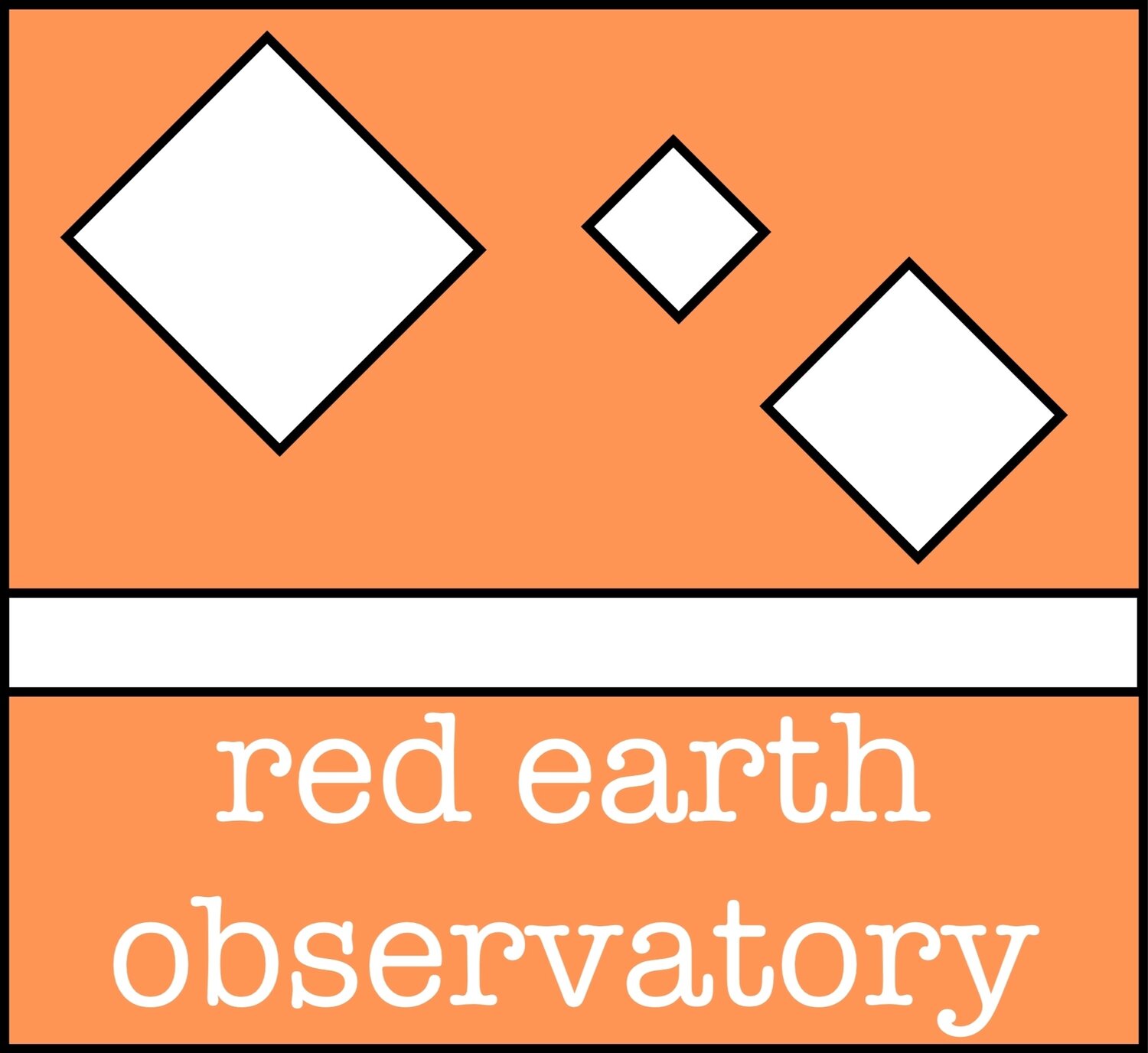When I was in junior high school, my teacher Mr. Mayhew brought my class to Nantasket Beach, just south of Boston. I had visited this beach countless times as a child. I especially loved exploring the rocks at the south end of the beach. On this field trip, Mr. Mayhew pointed out pillow basalts in this outcrop and told us that they were evidence of past lava that erupted under water. I was amazed! This idea that one can picture past environments by “reading the rocks” intrigued me greatly and led to my career as a geologist.
My research program focuses on deciphering past environmental conditions and diagenetic histories, past weather and climate, and past life from ancient continental and martian sedimentary strata. This work relies on the study of interactions among waters, rocks, sediments, atmosphere, and life in modern environments. I use comparative sedimentology, which means I document processes and products in modern environments and then compare the products in ancient sedimentary rocks to those in modern sediments to interpret past environmental processes and environmental conditions. Much of my work includes field work and/or core studies, as well as petrographic observations and fluid inclusion studies in the lab. I am particularly interested in modern and ancient acid saline lake and groundwater systems, which are amongst the most extreme environments on Earth in terms of water chemistry and hospitable environments for life, and result in red beds and evaporites. Extreme acid saline lake and groundwater environments are analogs for some Mars strata.
Fieldwork at Lake Aerodrome, Western Australia, Jan., 2006


